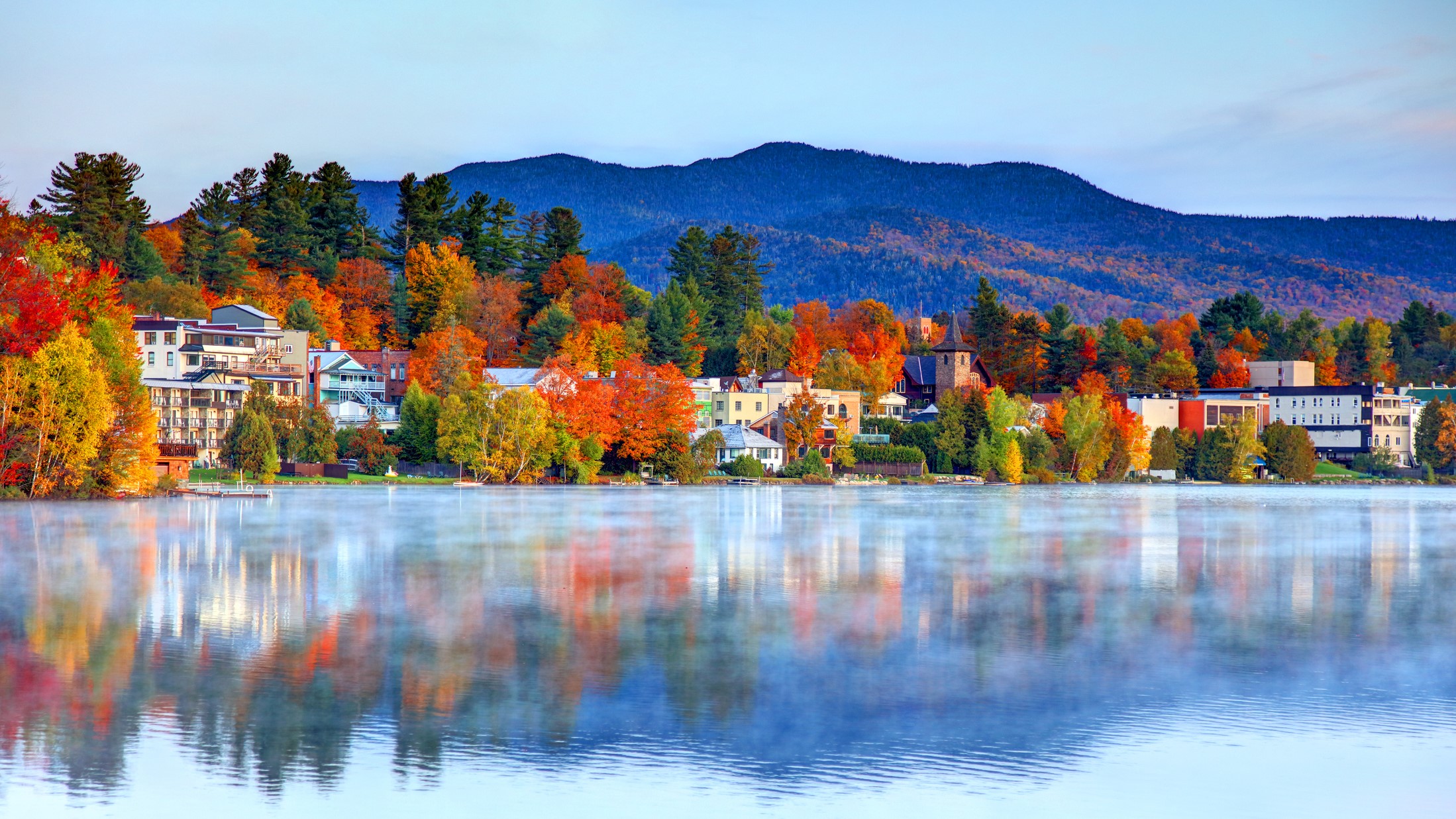
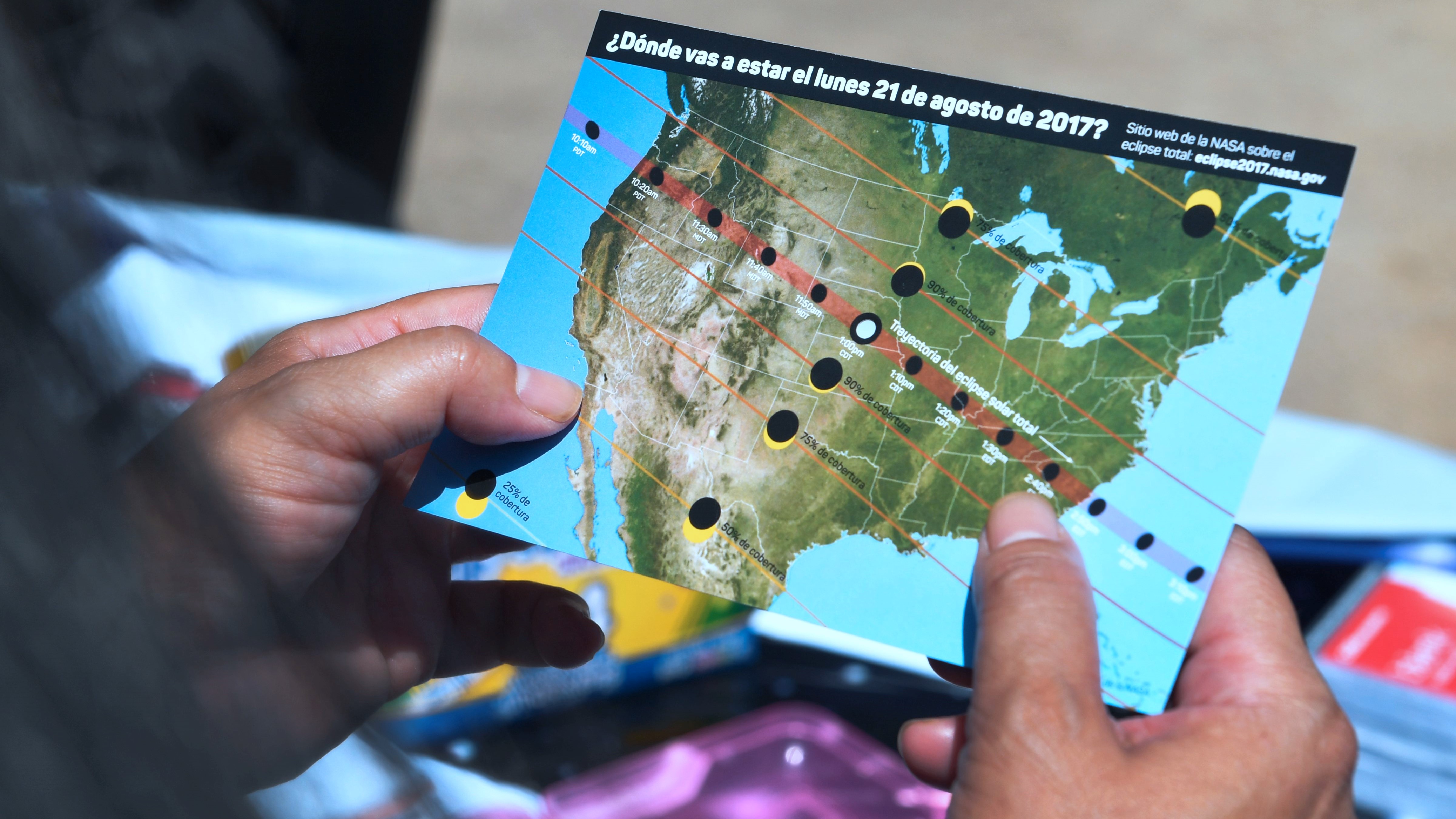
Our how to read and understand a solar eclipse map will help you get the most out of your eclipse viewing venture!
The total solar eclipse on April 8, 2024 will be visible from North America within a narrow path of totality around 115 miles (185 kilometers) wide. That path, which stretches from Mexico to Canada via 15 U.S. states, will pass through many state parks, national parks and other scenic spots that offer a perfect backdrop for this rare and stunning event.
Here are 10 scenic spots where you can experience nature's most remarkable event in a beautiful natural setting.
Related: What is a solar eclipse?
1. Niagara Falls
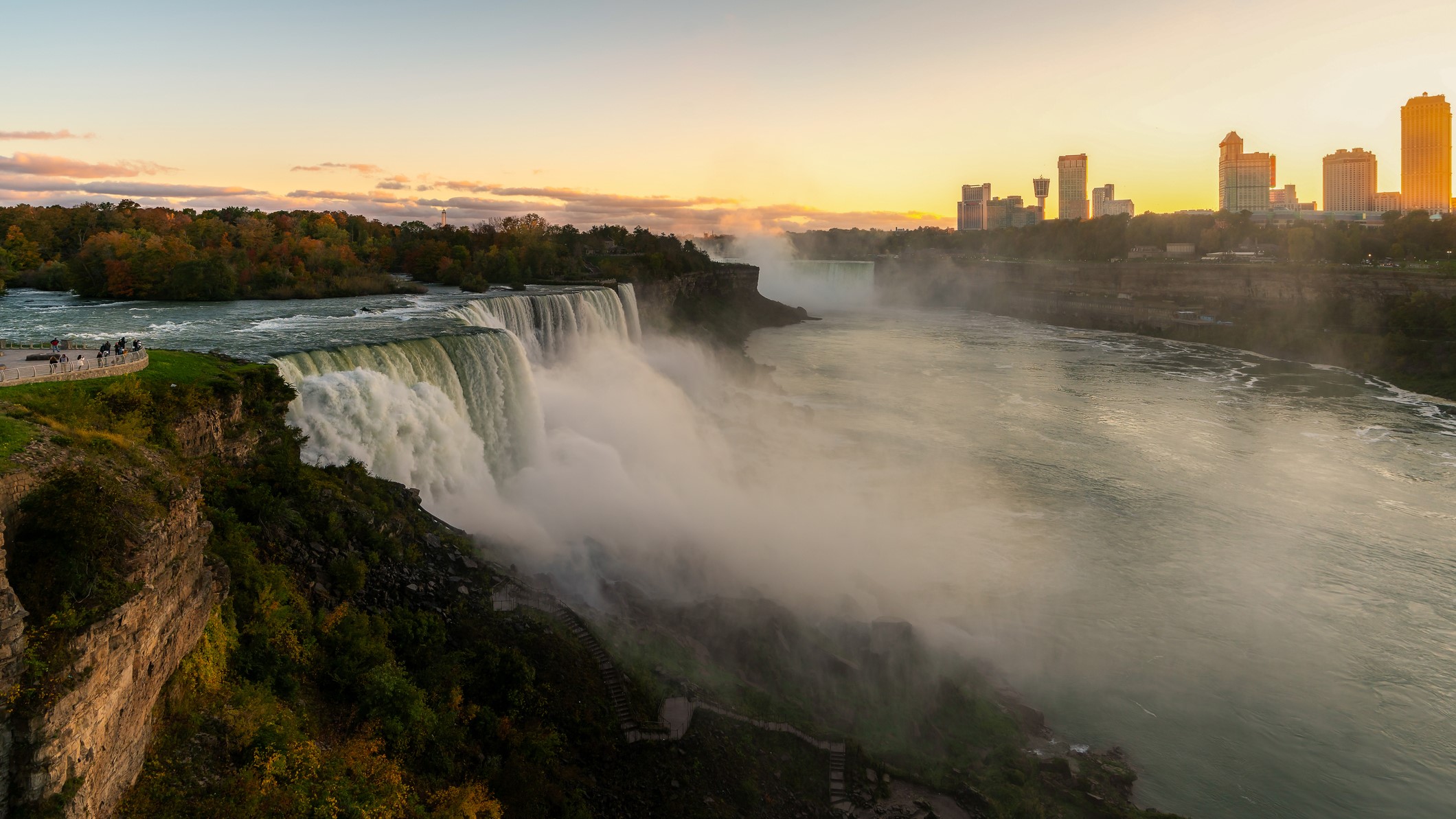
Location: Niagara Falls State Park, New York
Time and duration of totality: 3:18 p.m. EDT; 3 minutes, 29 seconds
If there's one genuinely iconic destination within the path of totality, it's Niagara Falls on the U.S.-Canada border. The view to the southwest of an eclipsed sun 46 degrees above Horseshoe Falls, the largest of the three waterfalls, will be incredible (and best from the U.S. side). However, access is tricky on the best days, and it will likely be hectic for the eclipse. If you intend to visit Niagara Falls to observe the eclipse, check out the official website for the event, which includes details about hotel packages and campgrounds in the region that are now taking reservations.
Related: Total solar eclipse April 2024: 8 top tips for planning your trip
2. Hot Springs National Park
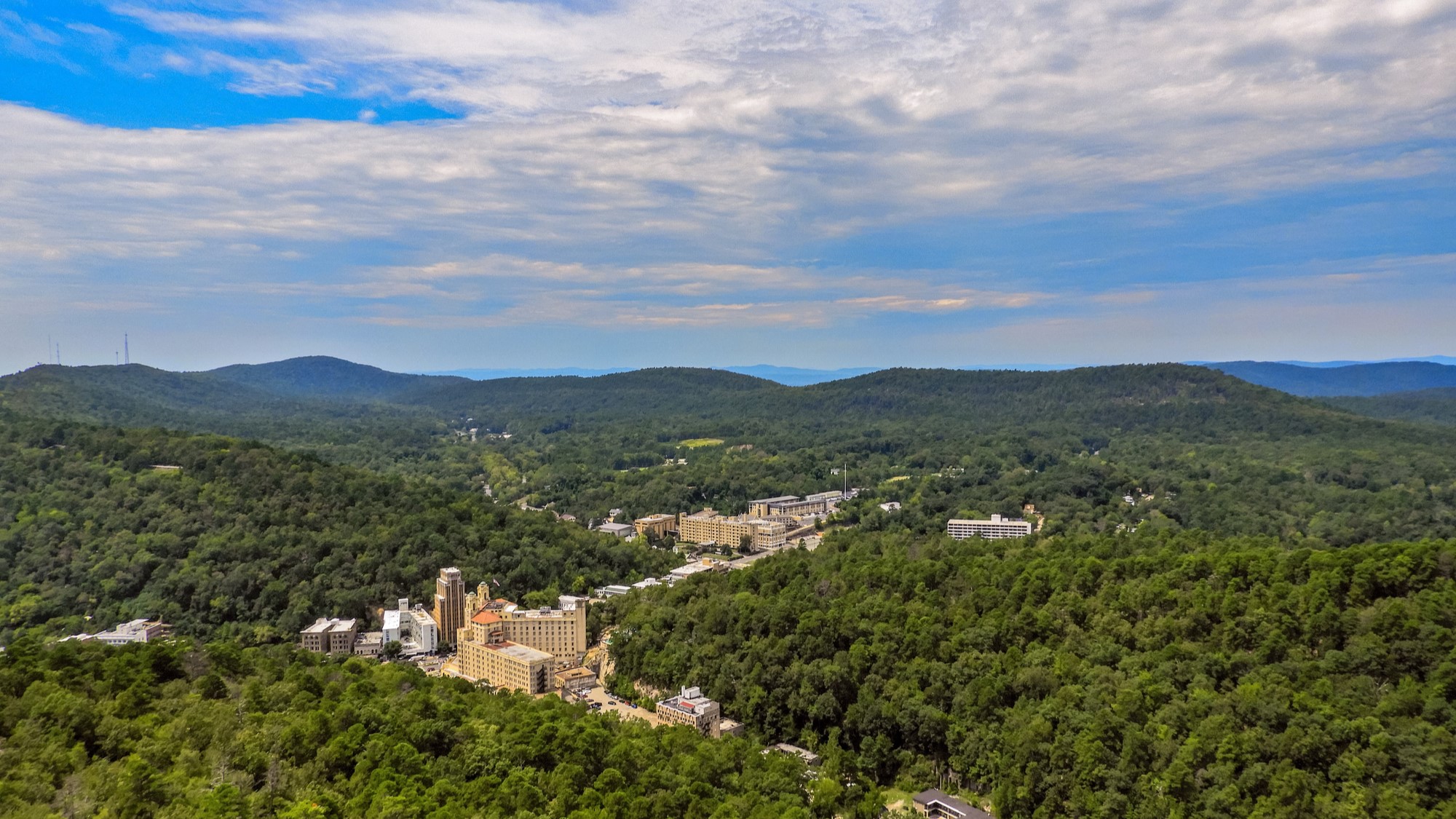
Location: Hot Springs National Park, Arkansas
Time and duration of totality: 1:49 p.m. CDT; 3 minutes, 43 seconds
One of only two official national parks within the path of totality, Hot Springs National Park is also one of the smallest. It protects 47 thermal springs at the foot of Hot Springs Mountain, and a soak in an 1840s-era bathhouse on Bathhouse Row makes for an unmissable experience. It's also home to over 30 miles (48 km) of hiking trails. The park expects heavy traffic on eclipse day, but the local city of Hot Springs is getting organized.
Related: Where is the best place to see the April 2024 total solar eclipse?
3. Cuyahoga Valley National Park
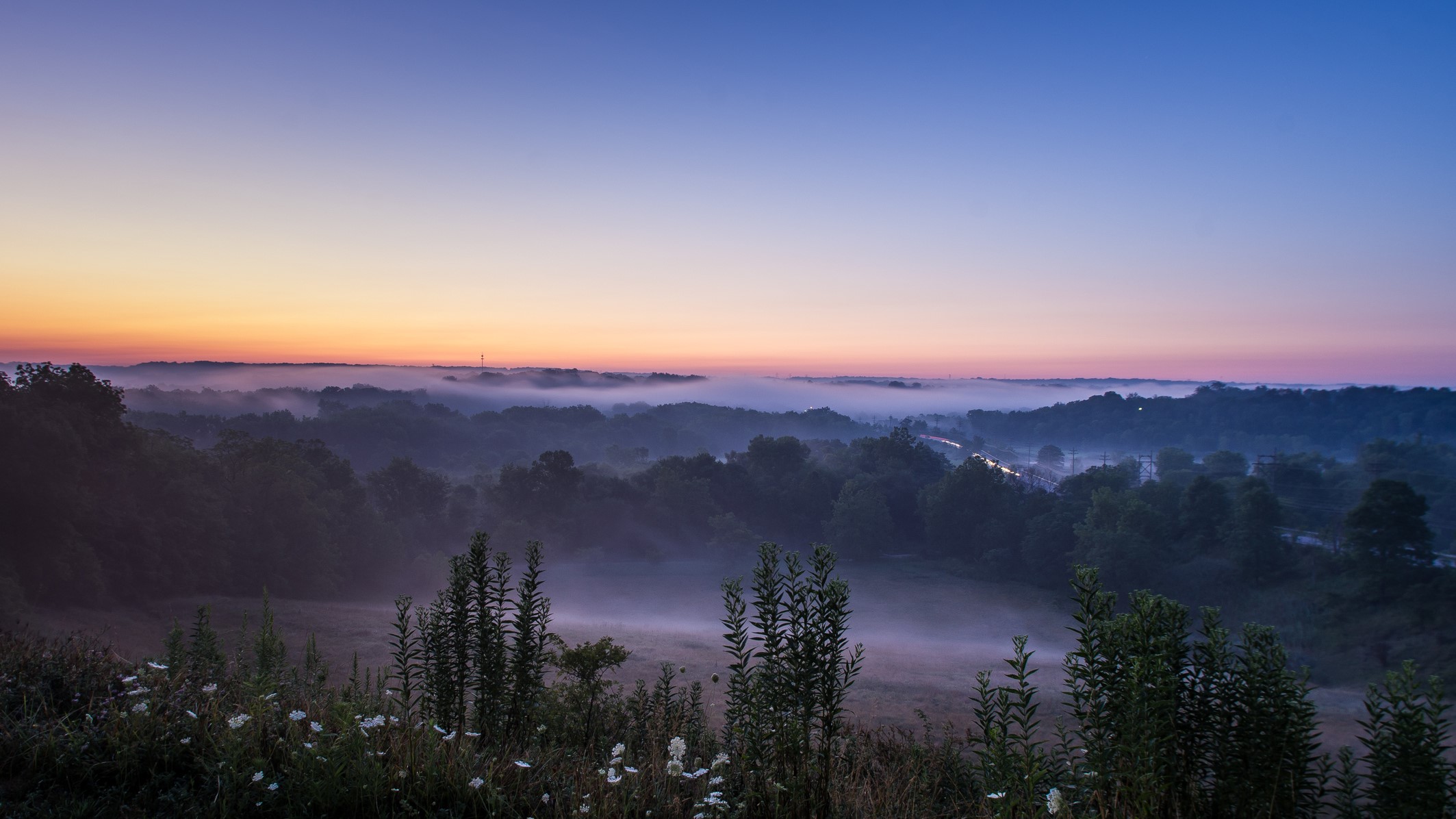
Location: Cuyahoga Valley National Park, Ohio
Time and duration of totality: 1:58 p.m. EDT; 4 minutes, 9 seconds
The second and final U.S. National Park within the path of totality will be Cuyahoga Valley National Park, home to the winding Cuyahoga River, which empties into Lake Erie at Cleveland, and the historic Ohio & Erie Canalway, which runs through it. "It's the only national park in the area, and it's going to be a very popular destination," Jay Ryan, an astronomer who runs Eclipse Over Cleveland, told Space.com. Exact plans are yet to be revealed, but park authorities expect heavy traffic and long waits on local roadways. If a forested park sounds like trouble for sightlines to the eclipse, see the park's page on how to get clear western views for stargazing. (The eclipse will be in the southwest sky.)
Related: What's the difference between a total solar eclipse and an annular solar eclipse?
4. Finger Lakes
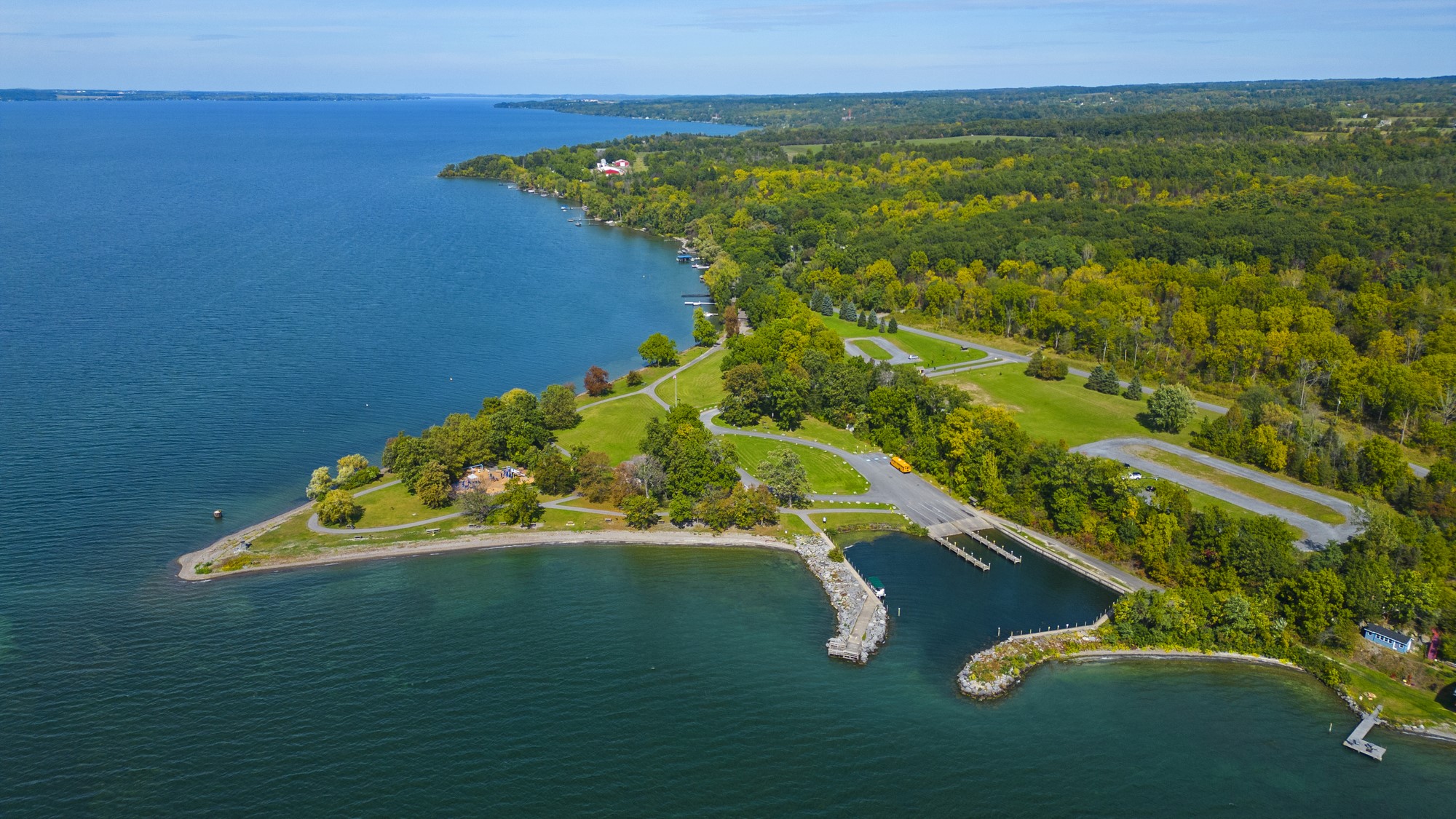
Locations: Finger Lakes, New York (Conesus, Hemlock, Canadice, Honeoye, Canandaigua; plus northern reaches of Seneca, Cayuga, Owasco and Skaneateles lakes)
Time and duration of totality: (around) 3:20 p.m. EDT; (up to) 3 minutes, 11 seconds
If you're a wide-angle photographer seeking lakefront views and the chance to see totality reflected on water, consider New York's Finger Lakes. However, you'll need to be very careful, because only the northern reaches of some of the 11 lakes are within the path of totality. Canandaigua's The Lake House on Canandaigua will host an eclipse-viewing party, while Hotel Canandaigua will hold a unique Lights Out Weekend. Both will get around 2 minutes, 50 seconds of totality. To the east is Seneca County, with Geneva, at the top of Seneca Lake, staging an Embrace the Dark event (April 6-8), including wine tastings, astronomy art exhibits, lectures, and 2 minutes, 20 seconds of totality. Potential viewing spots there include Geneva Lakefront and Seneca Lake State Park. At the top of Cayuga Lake is Cayuga Lake State Park, which will get 2 minutes, 4 seconds of totality.
5. Shawnee National Forest
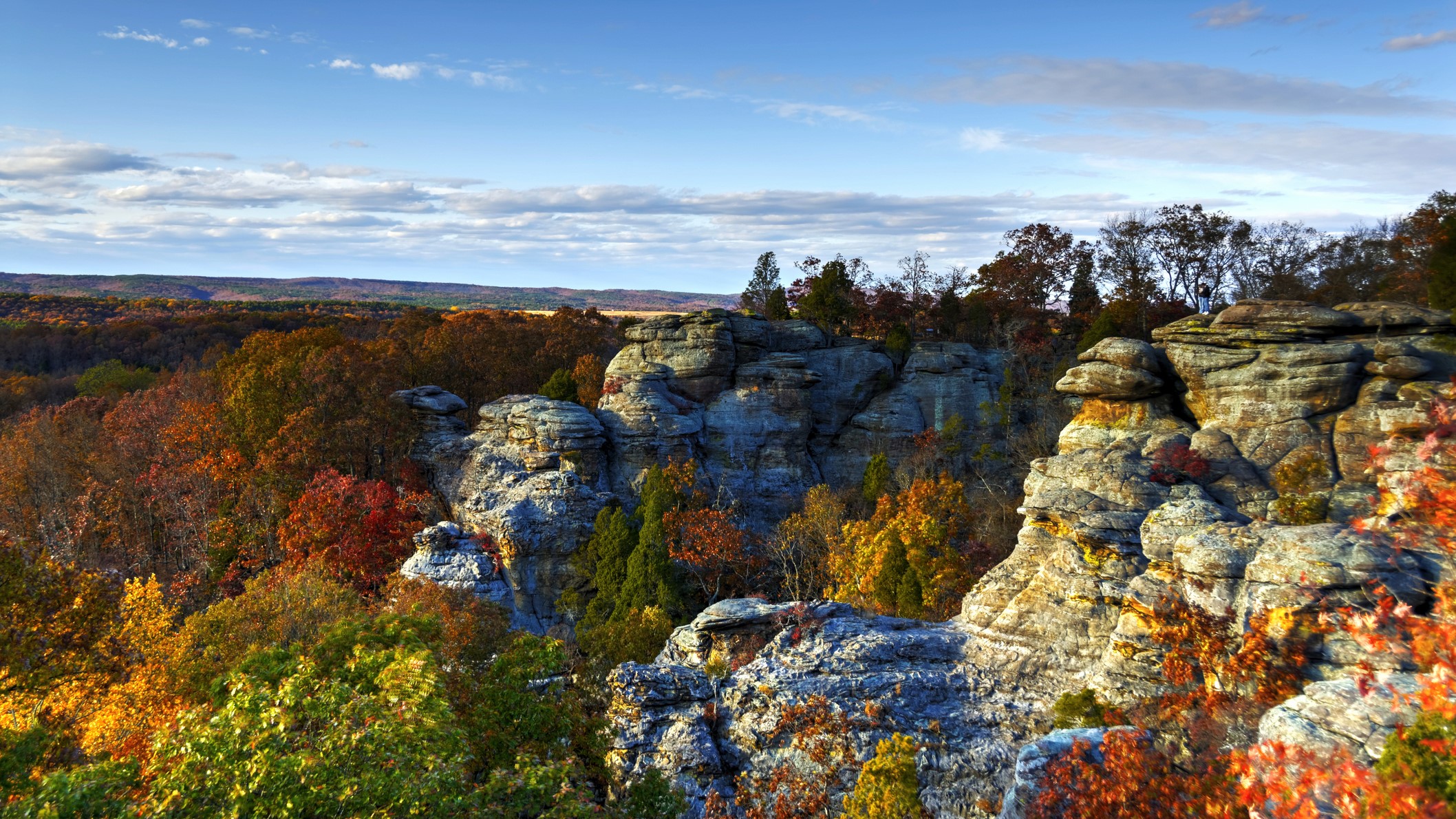
Location: Shawnee National Forest, Illinois
Time and duration of totality: 3:14 p.m. EDT; 3 minutes, 27 seconds
If there's one place that cannot sell out of camping spots, it's Shawnee National Forest in Illinois. Between the Ohio and Mississippi rivers, this vast forest covers 289,000 acres. Primitive dispersed camping outside recreation areas is free and allowed year-round. It's a beautiful area with limestone outcroppings and gorgeous rivers. Within the forest is Giant City State Park near Carbondale, where you can book a cabin for the eclipse at Giant City Lodge. This region also encountered totality on Aug. 21, 2017, so it has experience dealing with eclipse chasers and traffic.
6. Adirondack Mountains

Location: Adirondack Mountains and Lake Placid, New York
Time and duration of totality: 3:25 p.m. EDT; 2 minutes, 57 seconds
New York's Adirondack Mountains constitute the largest protected natural area in the contiguous U.S. Clear skies in April are far from guaranteed, but if you're willing to take a chance, a world of dark-sky stargazing is possible if you do get good viewing conditions. A good base would be Lake Placid; nearby eclipse-based events include Glow for the Gold, observing opportunities at the Adirondack Sky Center and Observatory in Tupper Lake and Marcy Field (also perfect for casual stargazing), and a special eclipse event at New York Ski Resort on Whiteface Mountain.
7. Kouchibouguac National Park
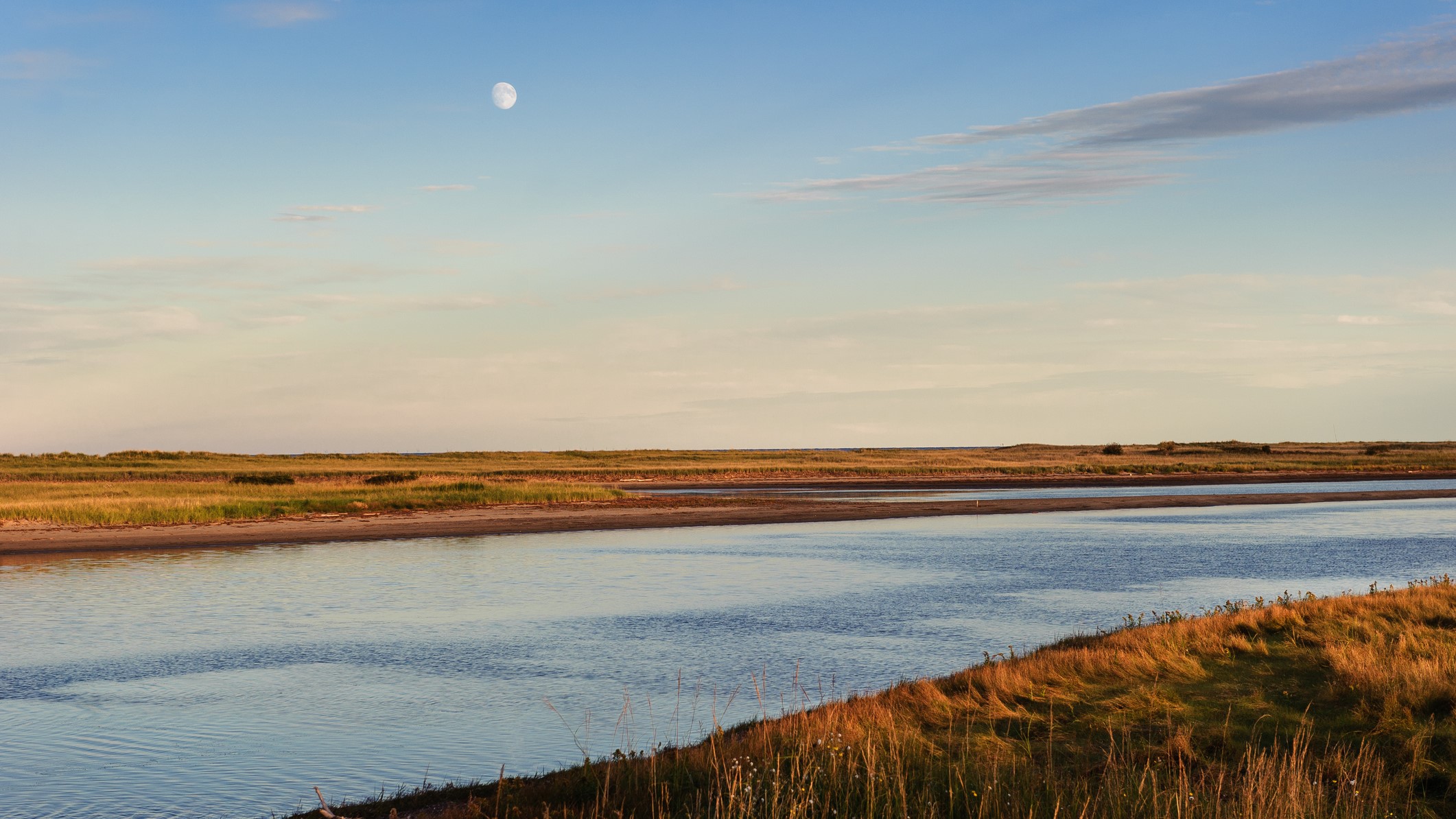
Location: Kouchibouguac National Park and Dark Sky Preserve; New Brunswick, Canada
Time and duration of totality: 4:34 p.m. ADT; 3 minutes, 16 seconds
The last place on mainland North America to experience totality will be Kouchibouguac National Park. A landscape of soft, sandy beaches and dunes; lagoons; salt marshes; and forests, it's been designated a Dark Sky Preserve by the Royal Astronomical Society of Canada. Not surprisingly, Kouchibouguac hosts regular stargazing events, though eclipse activities have yet to be announced. It's also home to the endangered piping plover and the second-largest tern colony in North America.
8. Garner State Park
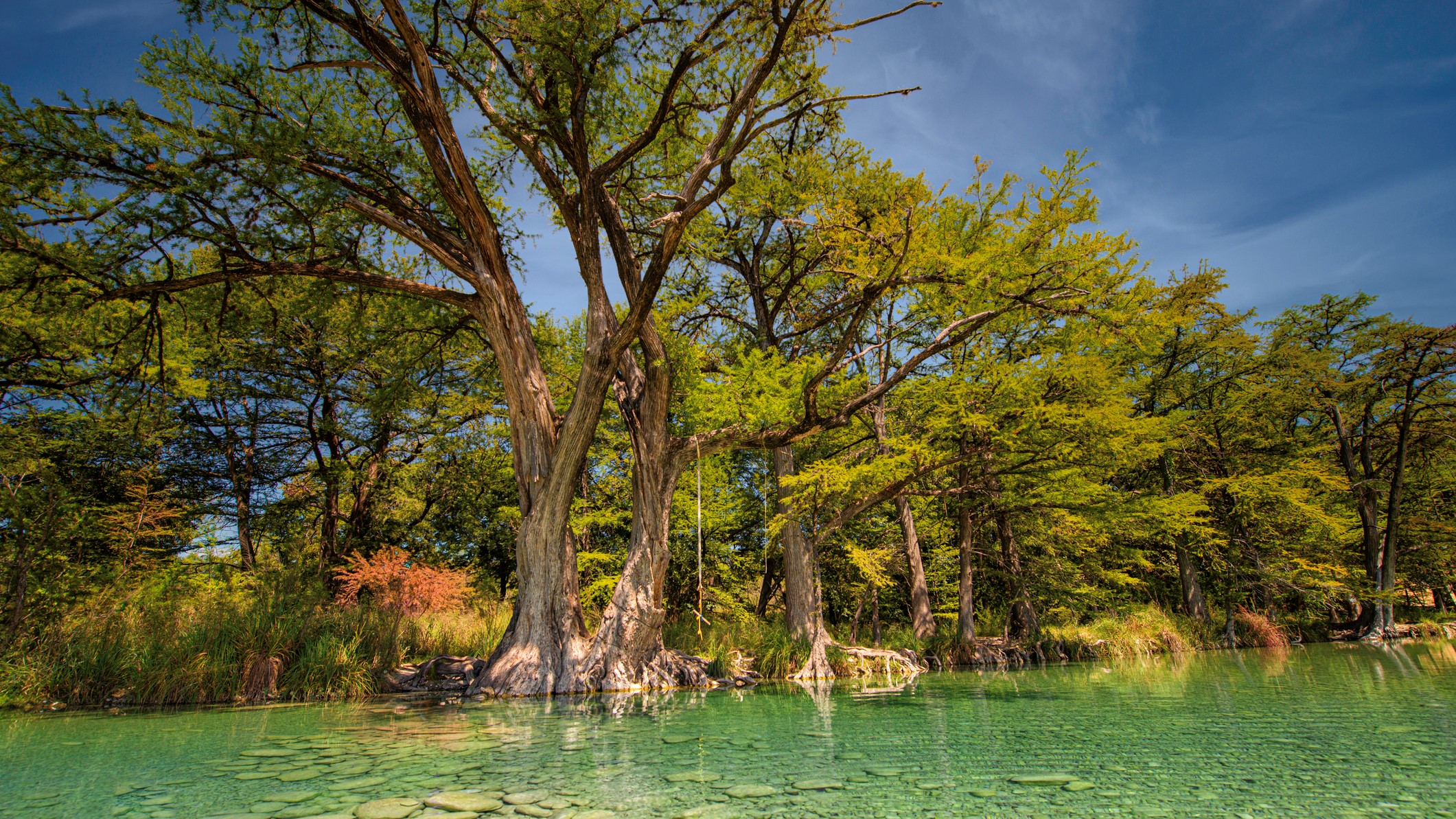
Location: Garner State Park, Texas
Time and duration of totality: 1:30 p.m. CDT; 4 minutes, 26 seconds
It will be hard to beat Garner State Park in Uvalde County, Texas, but the best prospects of clear skies north of Mexico aren't the only reason to visit this 1,700-acre (690 hectares) park in scenic Hill Country on the banks of the Frio River. The area will host a Solar Eclipse Village, an exhibition space and viewing field that's sure to be packed with astronomers, solar researchers, eclipse chasers, interactive displays, workshops and more. It lies within Texas' eclipse crossroads; Garner State Park and its Solar Eclipse Village were in the path of the Oct. 14, 2023, annular "ring of fire" solar eclipse.
9. Inks Lake State Park
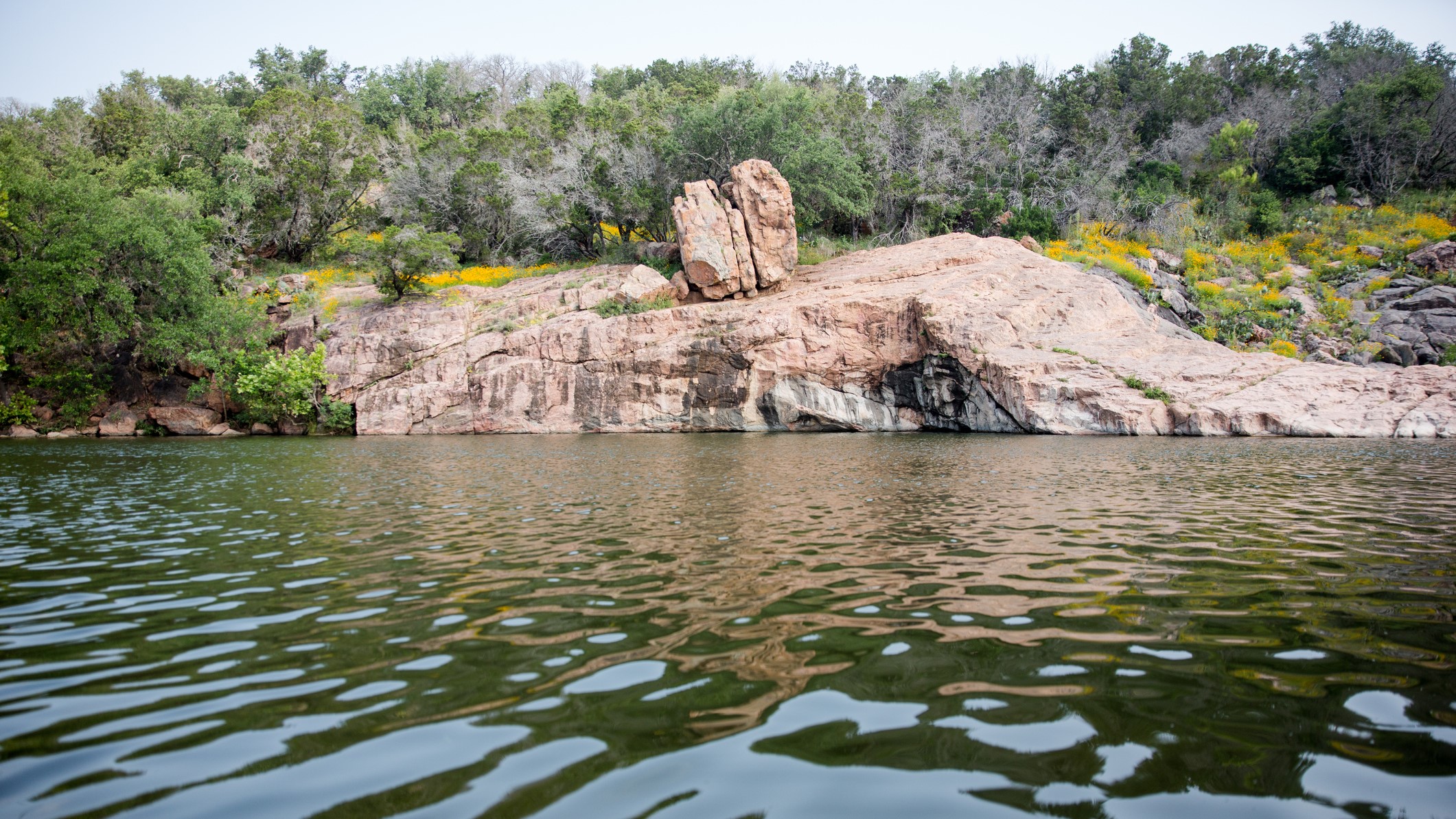
Location: Inks Lake State Park, Burnet County, Texas
Time and duration of totality: 1:34 p.m. CDT; 4 minutes, 23 seconds
Inks Lake State Park, which lies very close to the centerline and boasts a long totality, is a hidden gem among Texas' many state parks. It's a landscape of colorful rocky outcrops around the beautiful blue water of Inks Lake. About 75 miles (120 km) northwest of Austin, it's also near Buchanan Lake, an area with RV parks, campgrounds, cabins and just as many beautiful viewpoints for the eclipse. As a bonus, the Texas bluebonnets should bloom in April in this region.
10. Beavers Bend State Park
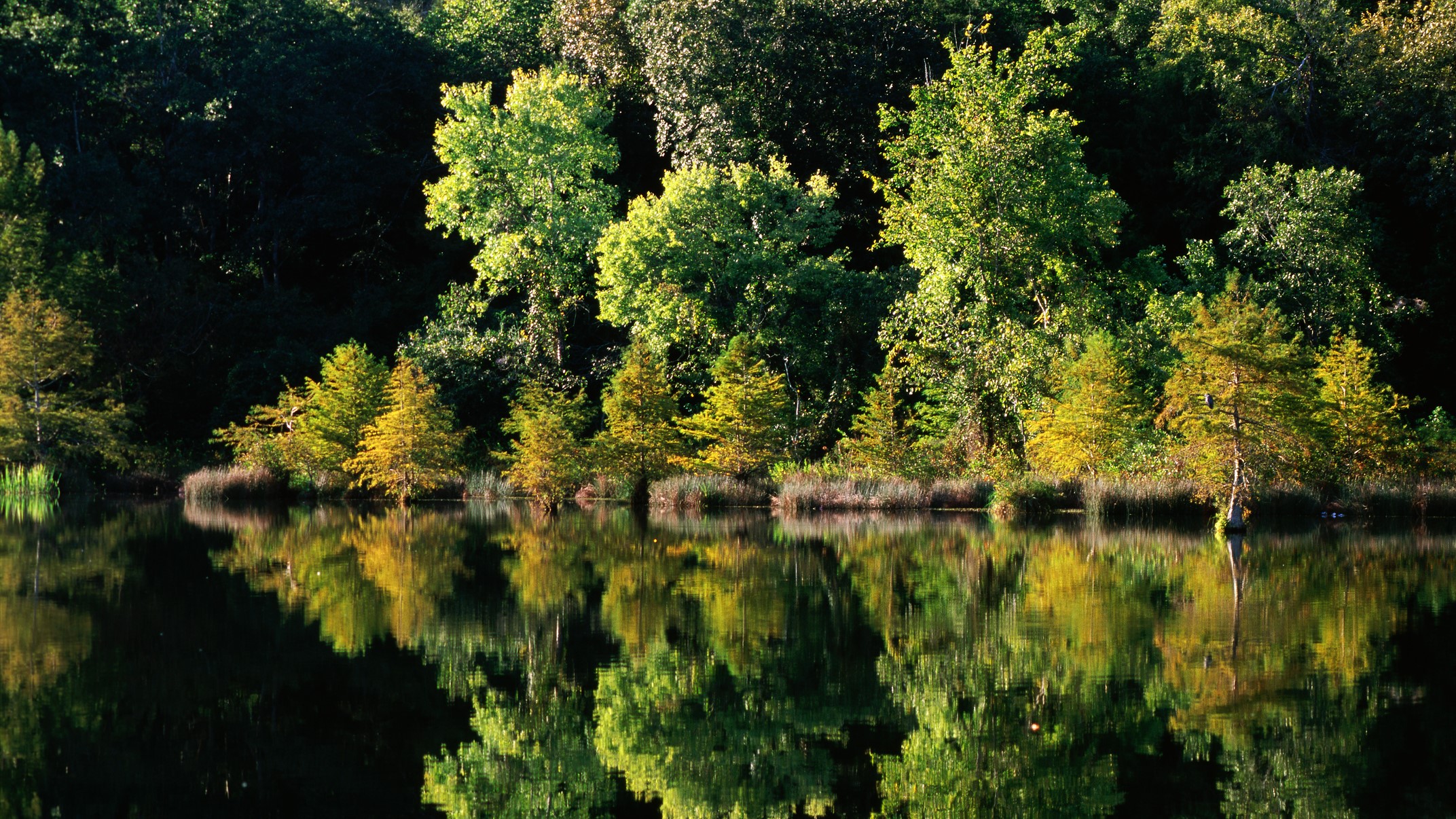
Location: Beavers Bend State Park, Oklahoma
Time and duration of totality: 1:46 p.m. CDT; 4 minutes, 13 seconds
Few people are talking about Oklahoma as a destination for travelers for this eclipse, but there are some enticing rural options in the southeast corner of the state, which is clipped by the path of totality. One is Beavers Bend State Park on the shores of Broken Bow Lake and the Mountain Fork River. An area for hiking, biking, fishing, waterskiing and horseback riding, it's close to the border with Arkansas and Texas.







